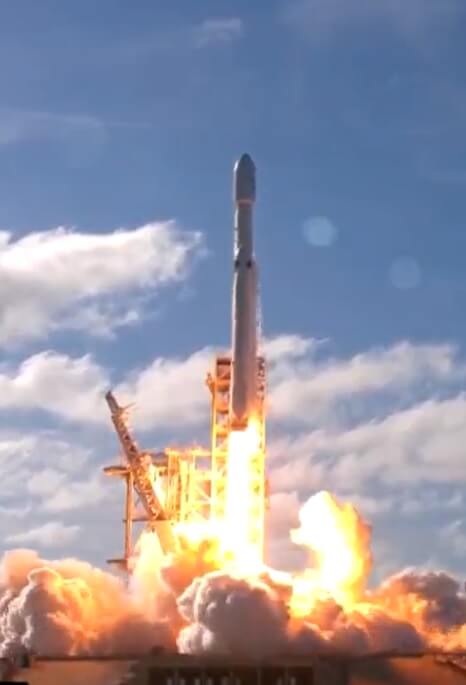While NASA’s US$4.25 billion Europa Clipper unmanned exploration flyby mission to Jupiter’s moon Europa was always mooted as going on the NASA Heavy lift launch vehicle (HLV) SLS, and, in fact, was at one stage Congressionally obliged to do so, in the end cost and delays counted for more. On 23 July 2021 SpaceX was formally awarded a US$178 million contract to launch the mission with a targeted flight in October 2024. By not flying on SLS, it is estimated that NASA has saved towards US$2 billion.
After its arrival in the Jovian system in April 2030, the Europa Clipper spacecraft will make 44 flybys of the ice covered moon which may hold extra-terrestrial life in its suspected subsurface seas.. While there were initial doubts about going for the less powerful Falcon Heavy rocket, it was later discovered that if a Star 48 kick stage was used in conjunction with the Falcon Heavy, this would avoid Europa Clipper having to make a time consuming Venus flyby in the trajectory – a factor which also disqualified the other contender for the mission, ULA’s Delta IV Heavy. While the SLS could have also achieved this feet, its slow construction times meant that it would also probably not have been ready in time. As it was, most of the planned SLS cores would be needed for human lunar exploration around that time. In addition, there were also some reported technical concerns over the SLS vibrational loads.









